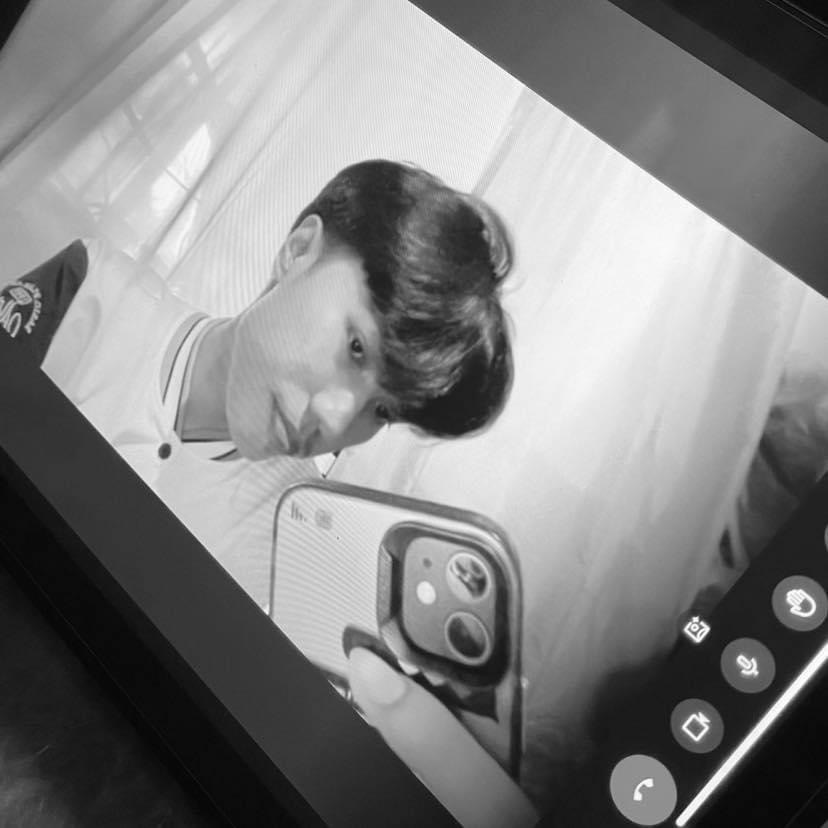gr7_Online Activity and the Construction of Identities
Cards (27)
- Experts say the new face-to-face communication is online communication. Computer-mediated communication has given man greater freedom and greater responsibility for surviving in an online environment.
- Online Identity Construction - refers to the ways individuals create and present their identities in digital spaces.
- KEY ASPECTS OF ONLINE IDENTITY CONSTRUCTION
- SELF PRESENTATION
- IDENTITY EXPLORATION
- АNONYMITY
- Self Presentation - People often make their own personas to highlight certain traits or aspects of their lives.
- Identity Exploration - The internet provides a unique space for individuals, especially adolescents, to explore different facets of their identity. This can include experimenting with different roles, behavior, and even gendersin relatively safe environment.
- Anonymity - Most online platforms allow users to remain anonymous. This factor enables the creation of entirely new identities that may not be possible in online settings.
- IMPACTS OF SOCIAL MEDIA ON IDENTITY CONSTRUCTION
- Social Comparison
- Feedback and Validation
- Role Models and Influencers
- SOCIAL COMPARISON - People often () themselves to others on social media, which can impact self-esteem and self-worth. Seeing idealized portrayals of others lives can lead to feelings of inadequacy and distorted self-image.
- FEEDBACK AND VALIDATION -The () receives in forms of like, comments, and shares can significantly influence one's self-concept. Positive () can boost self-esteem, while negative feedback or lack of engagement can lead to self-doubt and anxiety.
- ROLE MODELS AND INFLUENCERS - These figures often serve as benchmarks for success and attractiveness, influencing how individuals shape their identities.
- TWO TYPES OF IDENTITIES
- ONLINE IDENTITY
- OFFLINE IDENTITY
- ONLINE IDENTITY - Also called as 'internet persona' is a social identity that an internet user establishes in an online communities and websites. It can be also considered as an active presentation of oneself through behavior.
- OFFLINE IDENTITY - It is how we act around other people and what information we tend to tell and to whom.Your () is the real you. The one your family, friends at school, know your personal information like your name, age, and where you live.
- Screen Names - These are unique identifiers or usernames used by individuals when interacting on digital platforms such as social media, forums, or online gaming. They often serve to protect the user's real identity and can reflect personal interests, humor, or creativity.
- E-mail Addresses - are unique identifiers used to send and receive electronic mail over the internet. They typically consist of a username, the "@" symbol, and a domain name (e.g., username@example.com), allowing messages to be directed to the correct recipient.
- The Internet, especially for younger generations, has become both an instrument and a self-expression site. Personal webpages, blogs, and posting of original pictures, videos, mash-ups, and other individual creations enable people to share and display their self's thoughts, interests, and other traits.
- PERSONAL WEBPAGES AND BLOGS - which the creator only discloses the information he or she wishes allows selective self-expression and identity performance.
- SOCIAL NETWORKING SITES - or 'social media' is an online platform that enables users to create a public profile on the website and interact with other users. Usually () have a new user input a list of people they share a connection with and then allow them to confirm or deny the connection.
- EXAMPLES OF SOCIAL NETWORKING SITES
- FACEBOOK
- INSTAGRAM
- X (TWITTER)
- PINTEREST
- YOUTUBE
- SNAPCHAT
- REDDIT
- TIKTOK
- FACEBOOK - A leading social media platform with billions of users worldwide for connecting with friends, family, and businesses.
- INSTAGRAM - Known for sharing photos and videos, it's popular for visual content and influencer marketing.
- X (TWITTER) - A platform for sharing short posts, news, and engaging with others through tweets.
- PINTEREST - Focuses on visual content, users can discover and save ideas for various interests.
- YOUTUBE - A video-sharing platform with diverse content creators and a wide viewership.
- SNAPCHAT - Known for disappearing messages, photo and video sharing with a younger user base.
- REDDIT - A forum-based platform for discussions, sharing news, and content on various topics.
- TIKTOK - Popular for short-form videos, dance challenges, and creative content.
